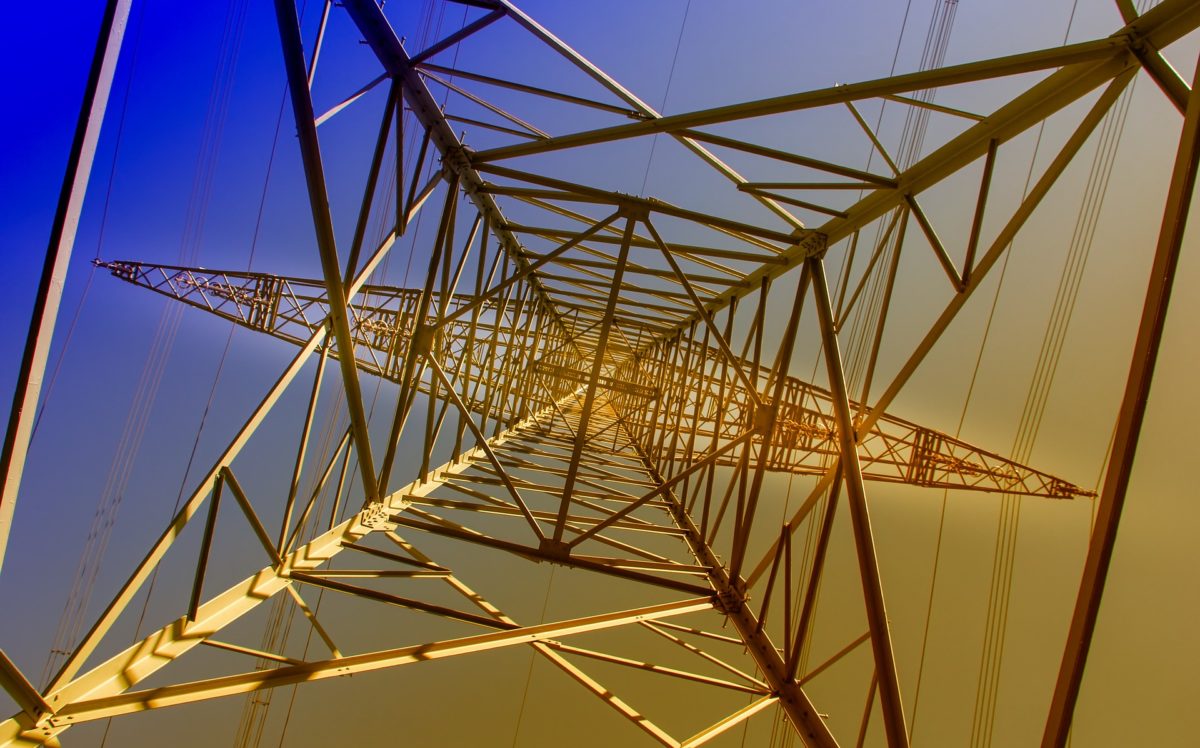From pv magazine India.
While other Indian states are struggling to meet renewable purchase obligations (RPO), Karnataka, the nation’s top performing market for installed solar capacity, has such a hefty surplus of power it has stalled PV tenders and auctions until further notice.
The state’s electricity regulator has directed Karnataka Renewable Energy Development Limited (KREDL) to put on hold all new solar projects by state agencies, to balance its RPO and the financial health of its power distribution companies (discoms).
Federal agencies such as the Solar Energy Corporation of India and the NTPC (formerly the National Thermal Power Corporation) will continue to tender and auction PV capacity with interstate transmission system connectivity.
RPO met for two years
According to KREDL, the agency that issues tenders for bulk renewable energy procurement for its discoms, the state’s commissioned solar power capacity was 6,127 MW on March 31 and the discoms have enough solar power to meet the RPO for two years.
Karnataka was the first southern state to notify its solar policy, in 2011, and was the first state to commission utility scale solar in India. According to the state’s Solar Policy 2014-2021 document, PV had to contribute a minimum of 3% of total projected consumption. That policy had set a meager 2 GW target for solar by 2021 – 400 MW of rooftop capacity and 1.6 GW of utility scale projects.
In 2017, the state raised its ambition to 6 GW by 2021 but Karnataka surpassed that milestone two years ahead of schedule and currently has installed capacity of 6,127 MW with a further 2.8 GW in the pipeline.
This content is protected by copyright and may not be reused. If you want to cooperate with us and would like to reuse some of our content, please contact: editors@pv-magazine.com.



3 comments
By submitting this form you agree to pv magazine using your data for the purposes of publishing your comment.
Your personal data will only be disclosed or otherwise transmitted to third parties for the purposes of spam filtering or if this is necessary for technical maintenance of the website. Any other transfer to third parties will not take place unless this is justified on the basis of applicable data protection regulations or if pv magazine is legally obliged to do so.
You may revoke this consent at any time with effect for the future, in which case your personal data will be deleted immediately. Otherwise, your data will be deleted if pv magazine has processed your request or the purpose of data storage is fulfilled.
Further information on data privacy can be found in our Data Protection Policy.